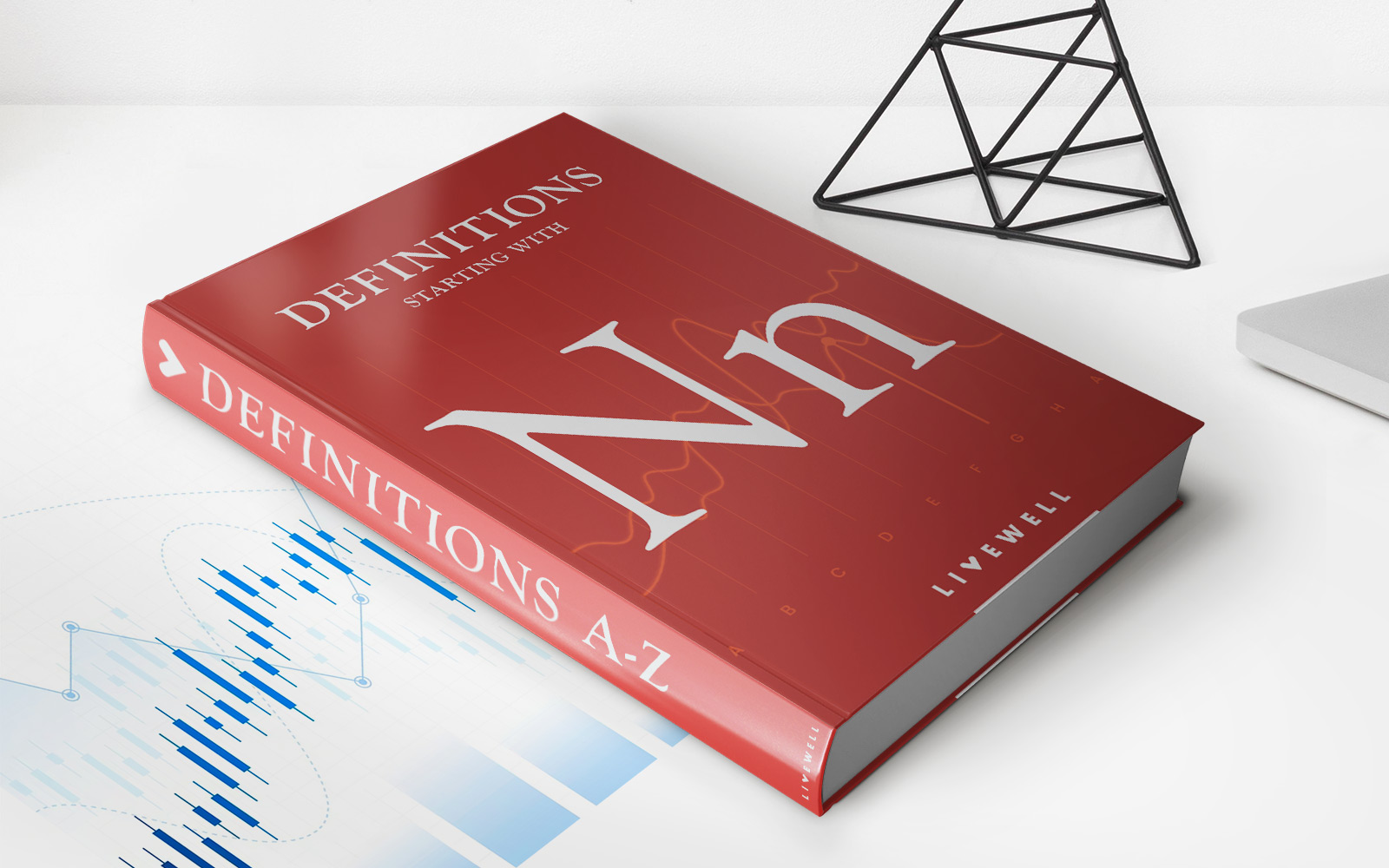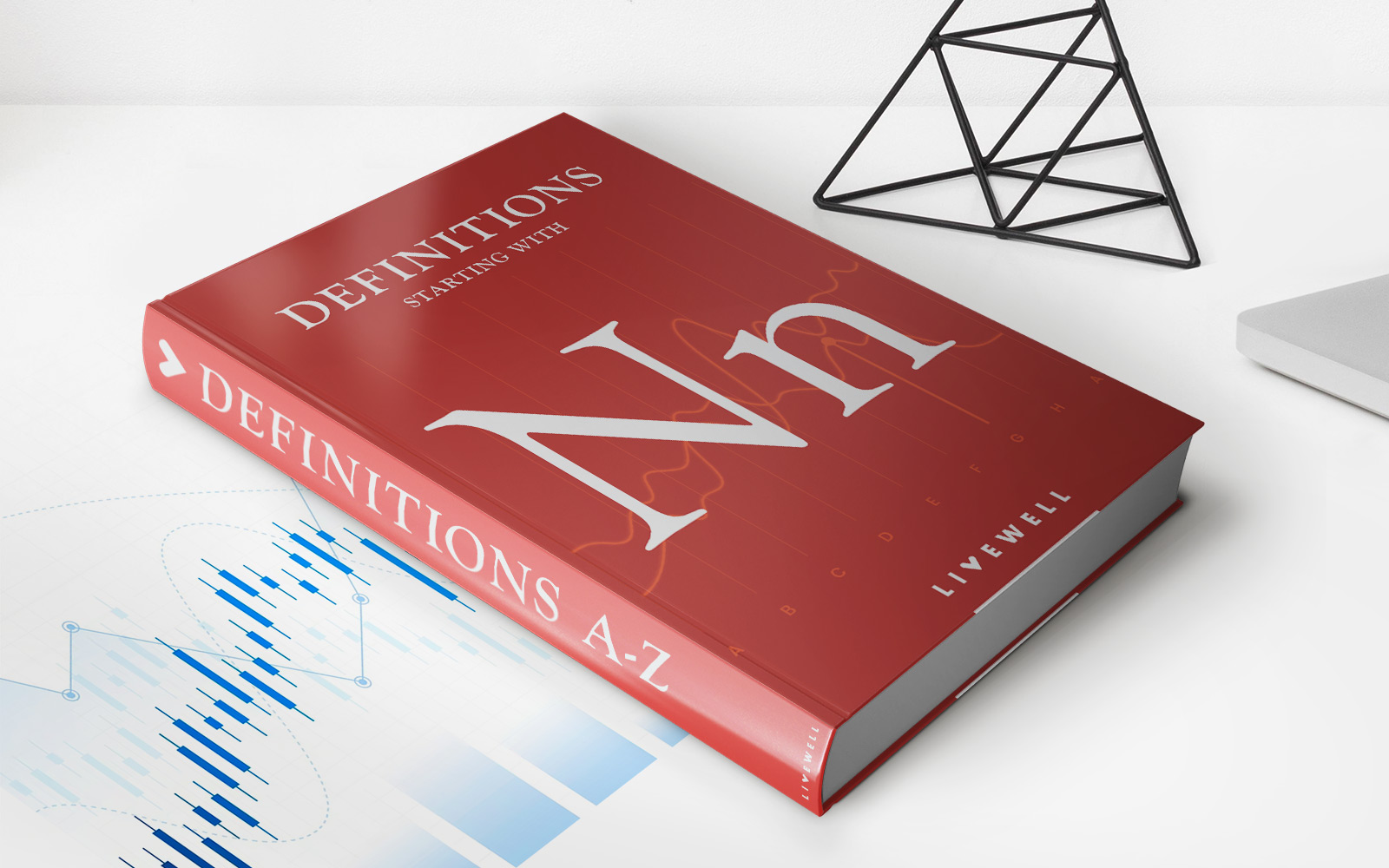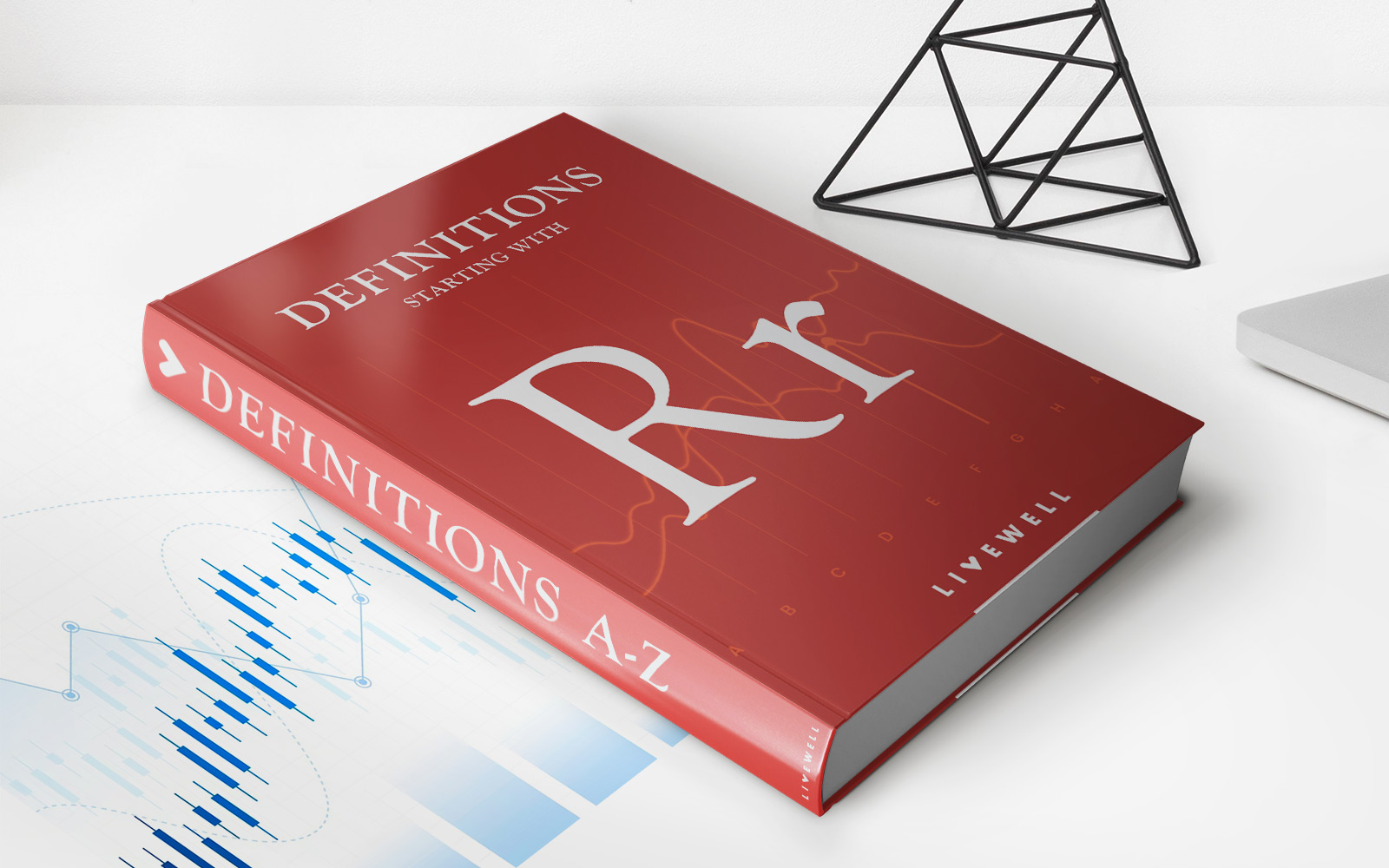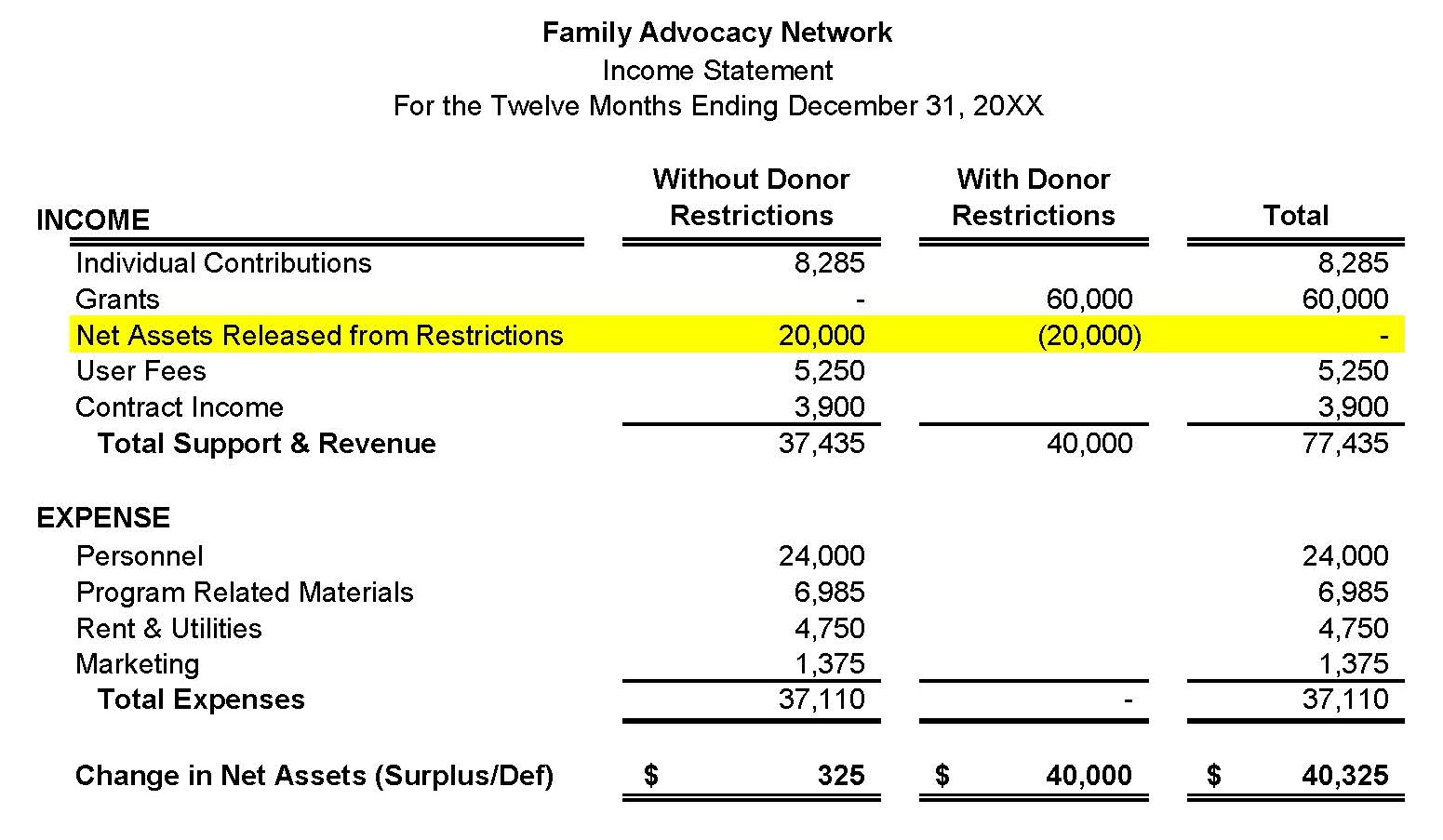

Finance
What Does Nominal GDP Mean?
Modified: February 21, 2024
Learn what nominal GDP means in finance and how it measures the total value of goods and services produced in an economy over a specific period.
(Many of the links in this article redirect to a specific reviewed product. Your purchase of these products through affiliate links helps to generate commission for LiveWell, at no extra cost. Learn more)
Table of Contents
Introduction
When it comes to measuring the overall economic performance of a country, one of the most commonly used indicators is Gross Domestic Product (GDP). GDP provides valuable insight into the size and growth of an economy. But within the realm of GDP, there are different measures that serve different purposes. One important measure is Nominal GDP.
Nominal GDP refers to the total value of all goods and services produced within a country’s borders during a given period, usually a year, using current market prices. It provides a snapshot of the economic activity in terms of the actual prices paid for goods and services during that specific time.
Understanding nominal GDP is crucial because it helps economists, policymakers, and businesses analyze the current state of an economy and make informed decisions. By examining the components of nominal GDP and comparing it to other economic indicators, we can gain a deeper understanding of the overall economic health of a nation.
In this article, we will explore what exactly nominal GDP means, its components, how it is calculated, its significance, and its limitations. We will also discuss the differences between nominal GDP and other related measures, such as real GDP and the GDP deflator.
Definition of Nominal GDP
Nominal GDP, also known as current-dollar GDP, is a measure of economic output that takes into account the current market prices of goods and services. It represents the total value of all final goods and services produced within a country’s borders during a specific time period, usually a year.
Unlike real GDP, which adjusts for inflation by using constant prices, nominal GDP uses the actual prices paid for goods and services at the time they were produced. This means that changes in nominal GDP may be influenced by both changes in prices and changes in the quantity of goods and services produced.
Nominal GDP includes all types of economic activities, including consumption by households, investments by businesses, government spending, and net exports (exports minus imports). It provides a comprehensive view of the total economic output of a country and is often used to compare the size of economies between different countries.
It is important to note that nominal GDP does not account for changes in the purchasing power of money over time. In other words, it does not take into consideration inflation or deflation. Therefore, changes in nominal GDP can be influenced by changes in the prices of goods and services rather than changes in actual economic activity.
Overall, nominal GDP serves as a valuable measure for analyzing the current state of an economy and its growth rate. However, to get a more accurate picture of economic performance, it is often necessary to adjust nominal GDP for inflation using the GDP deflator or calculate real GDP.
Components of Nominal GDP
Nominal GDP is composed of several key components that represent different aspects of economic activity within a country. Understanding these components allows us to delve deeper into the factors that contribute to the overall value of nominal GDP. The main components of nominal GDP include:
- Consumption: Consumption, often referred to as personal consumption expenditures, represents the total amount spent by households on goods and services. It includes expenditures on durable goods (such as cars and appliances), non-durable goods (such as food and clothing), and services (such as healthcare and education).
- Investment: Investment refers to the spending by businesses and individuals on capital goods, such as machinery, equipment, and structures, as well as changes in inventories. Investment is a crucial component of nominal GDP as it indicates the level of productive capacity and future economic growth.
- Government Spending: Government spending includes expenditures by all levels of government, including federal, state, and local governments. It comprises spending on goods and services, such as defense, education, healthcare, infrastructure, and public administration.
- Net Exports: Net exports represent the difference between the value of exports and imports of goods and services. When a country’s exports exceed its imports, it has a trade surplus, which contributes positively to nominal GDP. Conversely, when imports exceed exports, it results in a trade deficit, which has a negative impact on nominal GDP.
These components together provide a comprehensive view of the economic activity and spending within a country. They reflect the consumption patterns of households, the investment decisions of businesses, the role of government in the economy, and the international trade dynamics of the country.
It is important to note that the relative importance of each component can vary depending on the economic structure and policies of a country. For example, in economies heavily reliant on exports, net exports may have a significant impact on nominal GDP, while in more domestically-driven economies, consumption and investment may play a larger role.
By examining the contributions of these components to nominal GDP, policymakers and economists can gain insights into the drivers of economic growth and identify areas where intervention or policy adjustments may be needed.
Importance of Nominal GDP
Nominal GDP is an important economic indicator that provides valuable insights into the overall economic performance of a country. It serves several key purposes and holds significance for various stakeholders, including policymakers, businesses, and investors. Here are some reasons why nominal GDP is important:
- Economic Growth: Nominal GDP measures the total value of all goods and services produced within a country, providing an indication of the economic output and the level of economic activity. It helps policymakers and economists track the growth rate of an economy over time, which is essential for assessing and comparing the performance of different countries.
- Macroeconomic Policy: Policymakers, such as central banks and government agencies, use nominal GDP as a benchmark for formulating and implementing monetary and fiscal policies. By monitoring changes in nominal GDP, policymakers can assess the need for interventions, such as interest rate adjustments or changes to government spending, to stimulate or stabilize the economy.
- Business Planning and Investment: Businesses often rely on nominal GDP data to make informed decisions regarding investment and expansion plans. Nominal GDP provides insights into the overall market size and consumer purchasing power, influencing business strategies, pricing decisions, and market entry strategies.
- Standard of Living: Nominal GDP per capita, obtained by dividing nominal GDP by the population, serves as a measure of the average income and standard of living within a country. Higher nominal GDP per capita generally indicates a higher level of economic prosperity and can be used to compare living standards across countries.
- International Comparisons: Nominal GDP is a widely used measure for comparing the size and strength of economies between different countries. It helps in understanding the relative economic power and influence of nations, serving as a basis for international trade negotiations, investment decisions, and geopolitical assessments.
While nominal GDP has its limitations, such as its inability to account for inflation, it remains a crucial tool for understanding the overall economic health and performance of a country. Its importance lies in its ability to provide a comprehensive snapshot of economic activity, guide policy decisions, and facilitate economic analysis and comparisons.
Calculation of Nominal GDP
The calculation of nominal GDP involves determining the total value of all final goods and services produced within a country’s borders during a specified time period, using current market prices. The formula for calculating nominal GDP is relatively straightforward:
Nominal GDP = Consumption + Investment + Government Spending + Net Exports
Consumption: The consumption component represents the total amount spent by households on goods and services. It includes expenditures on durable goods, non-durable goods, and services.
Investment: The investment component includes spending by businesses and individuals on capital goods, such as machinery, equipment, and structures, as well as changes in inventories.
Government Spending: The government spending component encompasses expenditures by all levels of government, including federal, state, and local governments. It comprises spending on goods and services, such as defense, education, healthcare, infrastructure, and public administration.
Net Exports: The net exports component represents the difference between the value of exports and imports of goods and services. A positive value indicates a trade surplus, while a negative value indicates a trade deficit.
Once the values of each component are determined, they are summed together to calculate the nominal GDP figure. It is important to gather accurate and up-to-date data on each component to obtain an accurate measure of nominal GDP.
It is worth noting that national statistical agencies, such as the Bureau of Economic Analysis in the United States or the Office for National Statistics in the United Kingdom, compile and publish data on nominal GDP using various sources, including surveys, government reports, and other economic data. This ensures that the calculation of nominal GDP is based on reliable and standardized information.
While the calculation of nominal GDP is relatively straightforward, it is important to interpret the resulting figure in conjunction with other economic indicators and measures, such as real GDP or the GDP deflator, to gain a deeper understanding of the economic performance and inflationary pressures within a country.
Comparison with Real GDP
While nominal GDP provides valuable insights into the current economic output of a country, it does not account for changes in prices over time. This is where real GDP comes into play. Real GDP, unlike nominal GDP, adjusts for inflation or deflation and measures economic output using constant prices, providing a more accurate picture of economic growth.
Real GDP takes into consideration the changes in the general price level, allowing for a more meaningful comparison of economic performance across different time periods. By keeping prices constant, real GDP isolates the changes in the actual quantity of goods and services produced, reflecting true economic growth or contraction.
The calculation of real GDP involves using a price index, such as the GDP deflator or a specific consumer price index, to adjust the nominal GDP figure. The formula for calculating real GDP is as follows:
Real GDP = Nominal GDP / GDP Deflator
The GDP deflator is a measure that represents the ratio of nominal GDP to real GDP and reflects changes in the overall price level of the economy. By dividing nominal GDP by the GDP deflator, we obtain the real GDP figure, which represents the inflation-adjusted value of economic output.
By comparing changes in real GDP over time, economists and policymakers can assess the actual growth or decline in the quantity of goods and services produced, separate from the effects of price changes. This allows for a more accurate assessment of the true state of an economy and its long-term performance.
Additionally, comparing real GDP across countries provides insights into the relative standard of living and economic efficiency. While nominal GDP figures may suggest a larger economy, adjusting for price differences and calculating real GDP provides a more meaningful comparison of economic output between nations.
It is important to note that both nominal GDP and real GDP have their respective uses. While nominal GDP is useful for understanding current economic activity and market values, real GDP is essential for analyzing economic growth, making historical comparisons, and formulating monetary and fiscal policies.
Overall, the comparison between nominal GDP and real GDP offers a more comprehensive understanding of the true economic performance and growth of a country, taking into account the effects of changing prices and inflationary pressures.
Limitations of Nominal GDP
While nominal GDP is a widely-used measure for assessing economic activity, it has several limitations that should be considered when interpreting its significance. These limitations include:
- Inflation and Deflation: Nominal GDP does not account for changes in the general price level, making it susceptible to distortions caused by inflation or deflation. Changes in prices over time can impact the value of nominal GDP, making it difficult to compare economic output between different periods accurately.
- Misleading Growth Rate: Since nominal GDP includes changes in prices, an increase in nominal GDP might not accurately reflect real economic growth. It can be influenced by changes in the prices of goods and services rather than changes in the actual volume of output produced.
- Volatility: Nominal GDP can be highly volatile due to changes in prices and fluctuations in the business cycle. This can make it challenging to discern underlying economic trends and make predictions about long-term economic performance.
- Non-Market Transactions: Nominal GDP does not take into account non-market transactions, such as unpaid work, volunteer services, and the informal economy. As a result, it may underestimate the true economic activity in a country.
- Unequal Distribution of Income: Nominal GDP does not provide information about the distribution of income within a country. It is possible for a country to have high nominal GDP but still face issues of income inequality and poverty. Therefore, relying solely on nominal GDP to gauge the overall well-being of a nation can be misleading.
Given these limitations, economists and policymakers often use other economic indicators, such as real GDP, GDP per capita, and various social indicators, to gain a more comprehensive understanding of an economy’s performance, standard of living, and socio-economic conditions.
Despite its limitations, nominal GDP remains a valuable measure for assessing the size and growth of an economy. When used in conjunction with other indicators, it can provide valuable insights into economic activity, inflationary pressures, and comparisons between countries. However, it is essential to be aware of its shortcomings and interpret it within the context of a broader range of economic data.
Nominal GDP vs. GDP Deflator
While nominal GDP and the GDP deflator are both measures used to assess economic performance, they serve different purposes and provide unique insights into the economy. Understanding the differences between these two measures is essential for gaining a comprehensive understanding of economic trends and inflationary pressures.
Nominal GDP: Nominal GDP is the total value of all goods and services produced within a country’s borders, using current market prices. It represents the economic output, including both changes in prices and changes in the quantity of goods and services produced. Nominal GDP provides a snapshot of the economic activity in terms of the actual prices paid during a specific time period.
GDP Deflator: The GDP deflator, on the other hand, is a price index that measures the overall price level of the economy. It is used to adjust nominal GDP for inflation or deflation and calculate real GDP. The GDP deflator reflects changes in the prices of all goods and services included in the GDP calculation, providing insights into the rate of inflation and the purchasing power of money.
The key difference between nominal GDP and the GDP deflator lies in their focus. Nominal GDP emphasizes the value of economic output, taking into account both price changes and changes in the quantity of goods and services produced. It serves as an indicator of the current market value of economic activity.
The GDP deflator, on the other hand, focuses on changes in the overall price level. By comparing nominal GDP to real GDP (adjusted for inflation using the GDP deflator), economists can isolate the effects of changing prices and measure the change in actual production volume over time. The GDP deflator is used to gauge the rate of inflation or deflation and provides insights into the true performance of an economy.
While nominal GDP can be influenced by changes in prices, the GDP deflator provides a measure of the impact of inflation or deflation on the overall economy. It helps to distinguish between changes in nominal GDP driven by price movements and changes in real economic activity.
To summarize, nominal GDP provides a measure of economic output at current prices, while the GDP deflator adjusts nominal GDP for changes in the general price level, allowing for a comparison of real economic growth and inflation rates over time.
Both measures are important for understanding the overall economic performance of a country. Nominal GDP provides insights into market values and current economic activity, while the GDP deflator helps to assess inflationary pressures and calculate real GDP for a more accurate measure of economic growth.
Conclusion
Nominal GDP is a crucial measure that provides valuable insights into the economic output and performance of a country. By capturing the total value of all goods and services produced at current market prices, it serves as a comprehensive indicator of the level of economic activity during a specific time period.
While nominal GDP has its limitations, such as its vulnerability to price changes and its inability to account for inflation or deflation, it remains an important tool for policymakers, businesses, and economists. It helps in analyzing economic growth, formulating macroeconomic policies, and making informed business decisions.
The components of nominal GDP, including consumption, investment, government spending, and net exports, offer a deeper understanding of the drivers of economic activity within a country. Examining these components allows for a comprehensive analysis of the overall economic health and can guide interventions and policy adjustments.
It is important, however, to compare nominal GDP with other measures, such as real GDP, in order to gain a more accurate picture of economic performance. Real GDP adjusts for changes in the general price level, providing insights into true economic growth and allowing for meaningful comparisons across different time periods.
Ultimately, nominal GDP and its comparison with real GDP and the GDP deflator provide valuable information for assessing economic growth, inflationary pressures, and the standard of living. But it is essential to interpret these measures within the broader context of other economic indicators and to consider the specific circumstances and limitations of each measure.
In conclusion, nominal GDP serves as a vital tool for understanding and analyzing the economic activity of a country. It helps in assessing economic growth, making policy decisions, and planning for the future. By recognizing its strengths and limitations, we can utilize this measure to gain insights into the overall state of an economy and make informed economic assessments.














